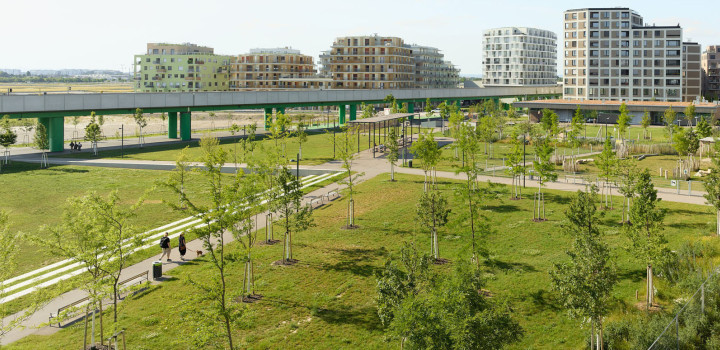People and how they use public spaces are central to the design of future urban and landscape spaces. Consistently taking all users into account becomes a central criterion in planning work.
Great flexibility of use is the prerequisite for a diverse appropriation of urban space. The basis for this diversity of uses in public space is a simple and robust spatial framework that can be used in various ways and, above all, by everyone. How such uses can look is defined within the framework of a social discourse. Participation is a process in which all the needs of users are brought together. We landscape architects can moderate this important discussion of public space and accompany it as specialists.




















